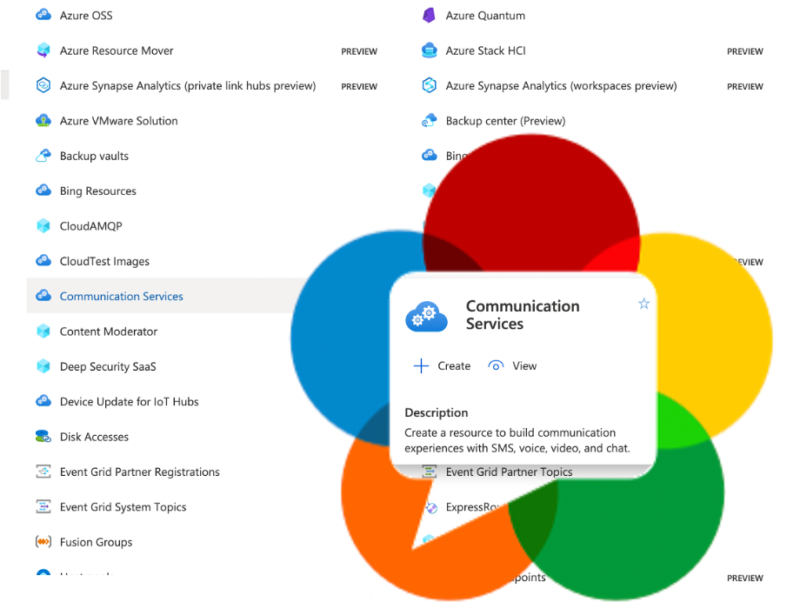Walkthrough and deep analysis of how Azure Communications Service makes use of WebRTC by Gustavo Garcia
Implementing REDundant audio on an SFU
Chrome recently added the option of adding redundancy to audio streams using the RED format as defined in RFC 2198, and Fippo wrote about the process and implementation in a previous article. You should catch-up on that post, but to summarize quickly RED works by adding redundant payloads with different timestamps in the same packet. […]
RED: Improving Audio Quality with Redundancy
Back in April 2020 a Citizenlab reported on Zoom’s rather weak encryption and stated that Zoom uses the SILK codec for audio. Sadly, the article did not contain the raw data to validate that and let me look at it further. Thankfully Natalie Silvanovich from Googles Project Zero helped me out using the Frida tracing […]
Using getDisplayMedia for local recording with audio on Jitsi
I wanted to add local recording to my own Jitsi Meet instance. The feature wasn’t built in the way I wanted, so I set out on a hack to build something simple. That lead me down the road to discovering that: getDisplayMedia for screen capture has many quirks, mediaRecorder for media recording has some of its […]
Open Source Cloud Gaming with WebRTC
Software as a Service, Infrastructure as a Service, Platform as a Service, Communications Platform as a Service, Video Conferencing as a Service, but what about Gaming as a Service? There have been a few attempts at Cloud Gaming, most notably Google’s recently launched Stadia. Stadia is no stranger to WebRTC, but can others leverage WebRTC […]





